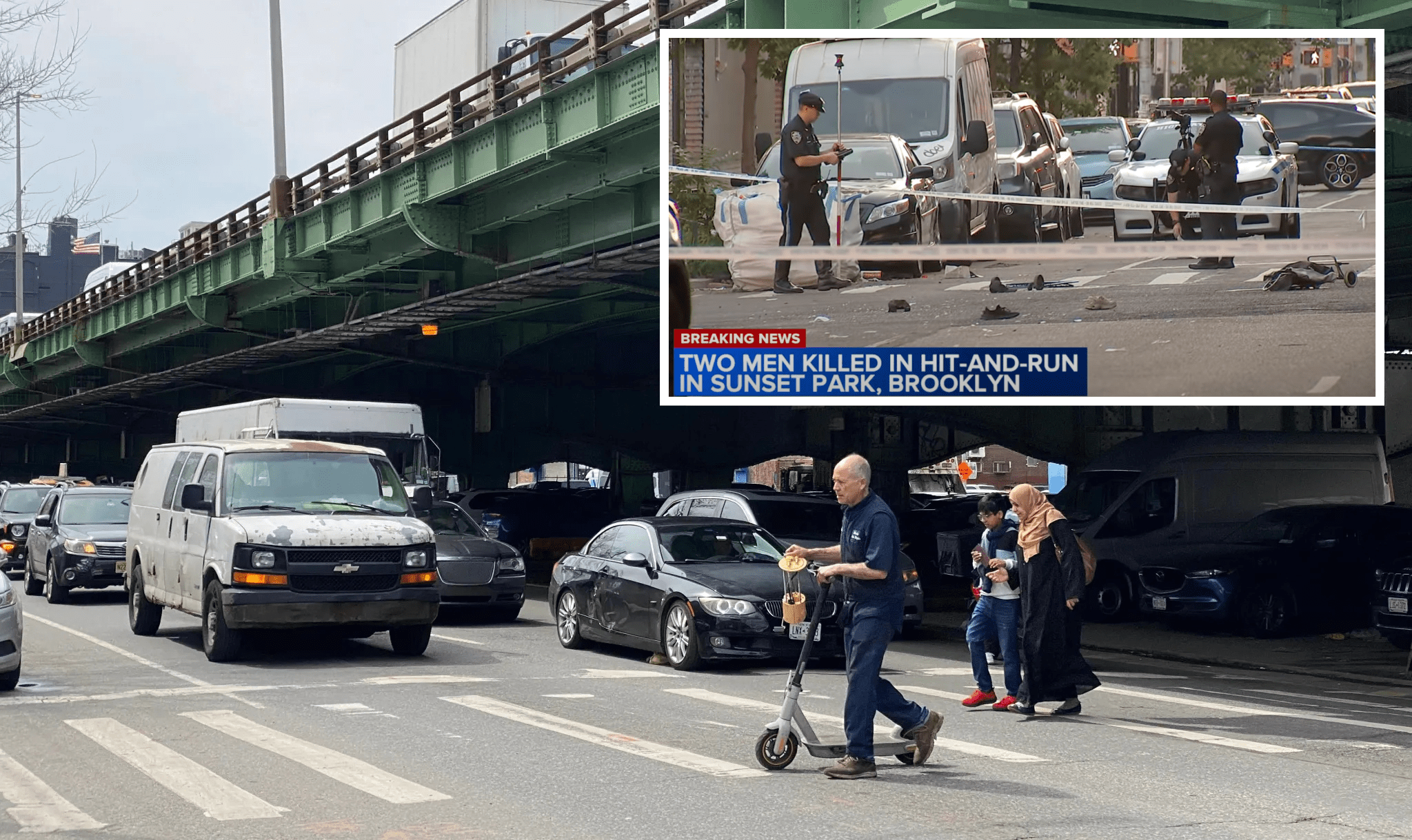Do you feel lucky? Well, do ya?
MTA Chairman and CEO Janno Lieber told state legislators on Friday that he did in fact feel fortunate when it came to congestion pricing, predicting that the federal government will soon greenlight the snakebitten and long-delayed traffic toll — and the $15 billion in bonds on which future renovations depend.
"Let the record show I've got my fingers crossed," he said. "We have resubmitted [the environmental assessment] to the feds. We think we're addressing all of the issues they raised and additional modeling issues they wanted us to deal with. This is one of many back-and-forths we have with them. And we're hopeful that that approval will be forthcoming sooner rather than later."
Lieber's comments on the feckless Federal Highway Administration getting ready to stamp its approval on the "EA-final-final-FINAL.pdf" file come after the MTA said that it was adjusting its revenue forecast for 2024 to account for $750 million in toll revenue from congestion pricing instead of the legally mandated $1 billion (bondable to $15 billion). The MTA's big boss also said earlier this year that the agency and the federal government were engaged in a lot of back and forth discussion, but his comments on Friday indicated that there was some light at the end of the tunnel.
"The capital program that I was handed and told to implement was dependent on that funding, but the legislature enacted CP in 2019. I'm the knucklehead who gets to implement it. It's not the MTA's idea. We didn't go up and have too many drinks and come up with it." pic.twitter.com/fydvqomJMf
— David J. Meyer (@dahvnyc) March 4, 2023
The saga of the environmental assessment for congestion pricing has now stretched on for far longer than any supporter of the policy, and the lawmakers who passed it into law, would have guessed.
Under the original legislation, the MTA was to begin tolling Manhattan south of 60th Street in January 2021. But after the federal government didn't begin a review of the proposal for the entire back half of the Trump administration, the Federal Highway Administration finally allowed the MTA to start an environmental assessment for the toll in the spring 2021. Last year, the agency's draft document on the toll was published, and contained modeling results on seven toll price and policy scenarios.
Since then, the MTA has had to collate public comment on its hearings on the EA itself and has had to negotiate with the federal government how to best mitigate some of the possible negative effects of modeled congestion pricing scenarios. Chief among those concerns has been how to mitigate a predicted, though single-digit percentage, increase in traffic on the Cross Bronx Expressway from truck drivers trying to avoid going into Manhattan as they go east and west through New York.
If the FHWA accepts the MTA's latest work as a final document to review, the agency will then have to decide whether to rule that congestion pricing deserves a Finding of No Significant Impact (known among insiders and Henry Winkler fans as a FONSI), a decision that would prevent the MTA from having to undertake an even more onerous environmental impact study.
Advocates said that they hoped the light at the end of the tunnel was an exit and not an oncoming truck.
"So far, the FHWA has shown in abundance of caution in every step of the process, so I wouldn’t be surprised if they ask for more data or work from the MTA," said Tri-State Transportation Campaign Director of Regional Infrastructure Projects Felicia Park-Rogers. "In my estimation, the MTA has been working in good faith to push the EA forward. "
For his part, Lieber said he thought that the MTA, which has previously had to model air quality and traffic issues as far the Philadelphia suburbs, had finally lived up to the standards being set by the FHWA.
"We're working with a partner who has regulatory responsibility who's obviously very sensitive to make sure that we fully comply because of litigation risk, and otherwise, because that's their responsibility. We've done the work to try to answer all their questions and address all of their concerns," he said.






